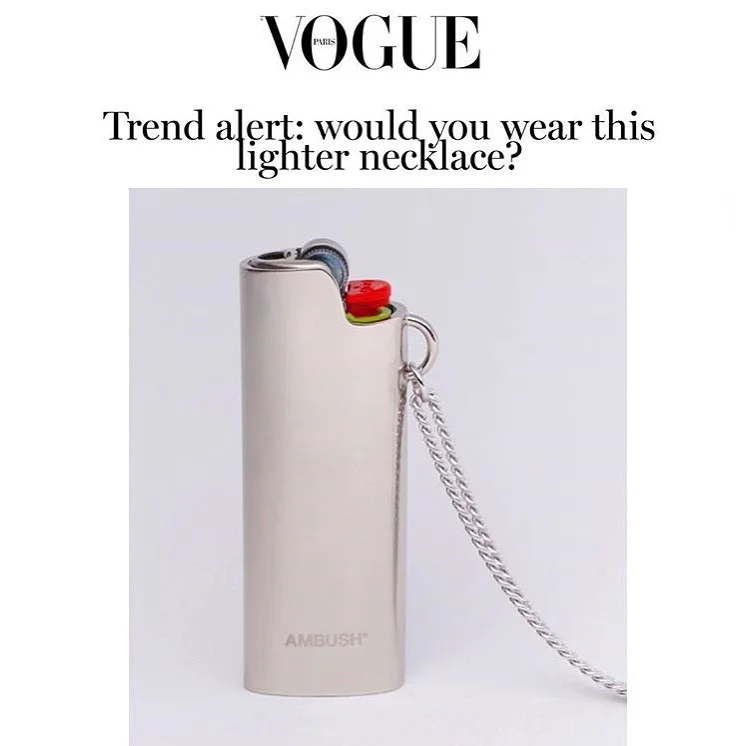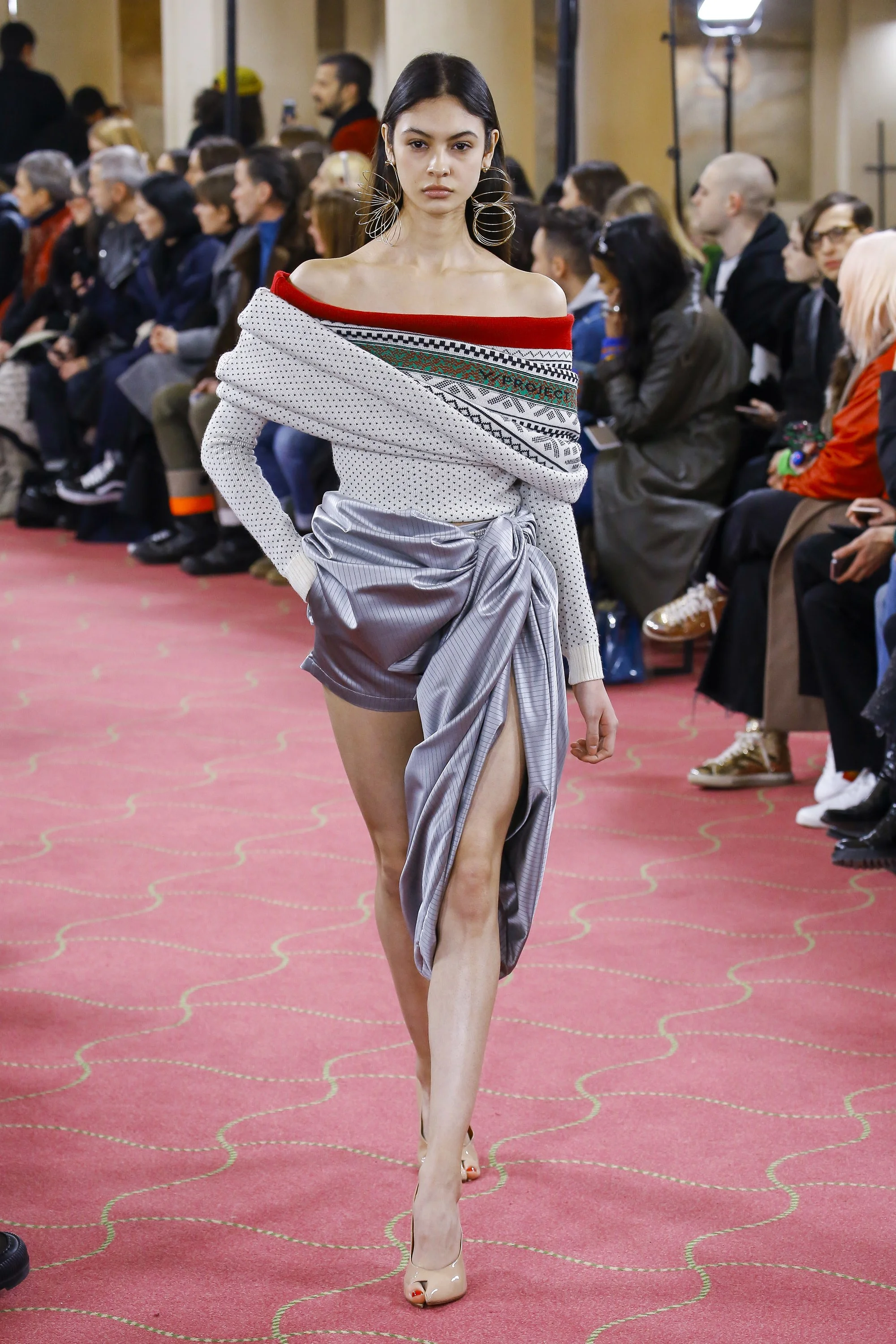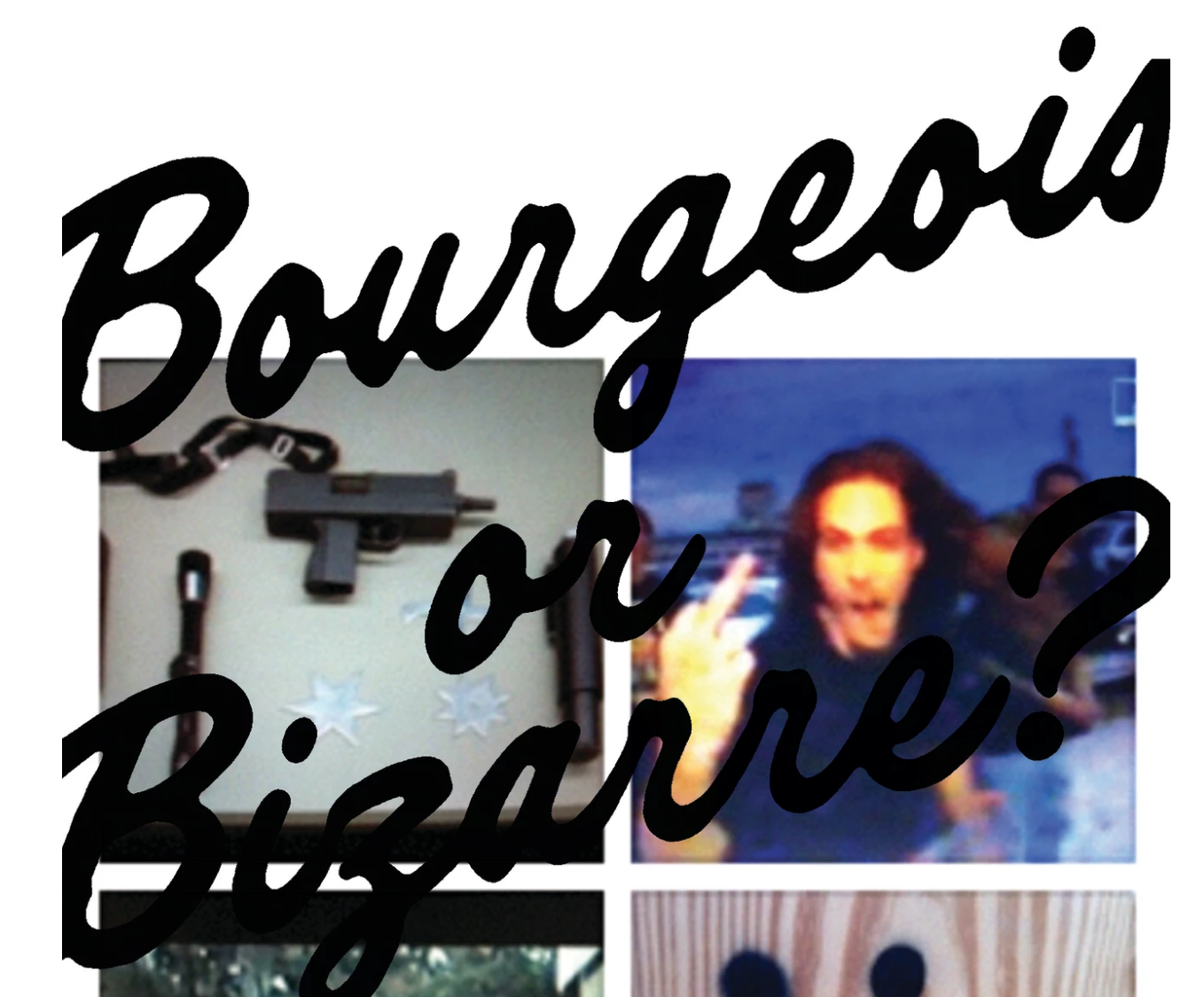"Over the past seasons, the lighter has become a plaything for designers’ imagination and creativity all over the world. Here, it is rendered in a pendant you can attach to your bag or even to your necklace for a bold jewellery statement."


Y/PROJECT Tartan Knit and Asymmetrical Pencil Skirt

Y/PROJECT Off the Shoulder Knit, Draped Shorts, Open Toe Sandals and Slinky Earrings
Read the full article by Angelo Flaccavento on Business of Fashion HERE

See the full collection HERE
Text by Mark Holgate










Read the full interview by Edward Paginton HERE


Read the full interview by Anders Christian Madsen HERE